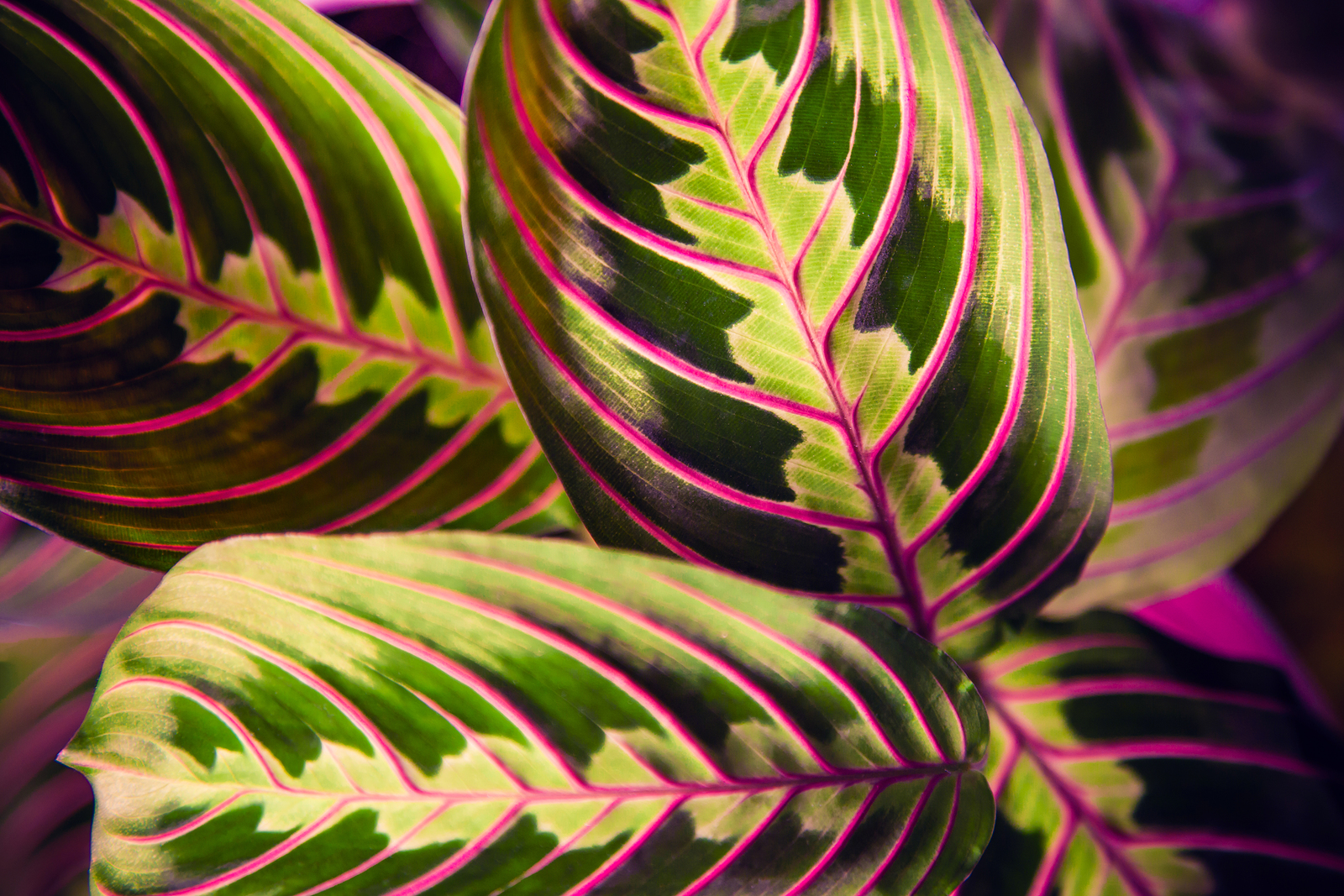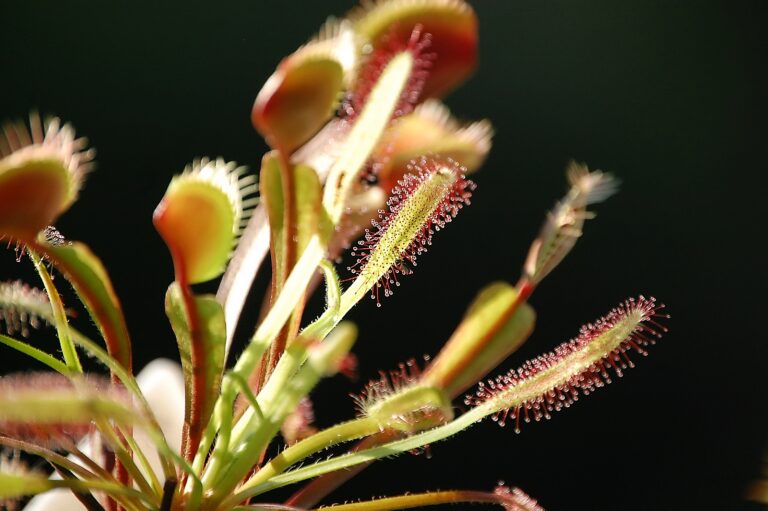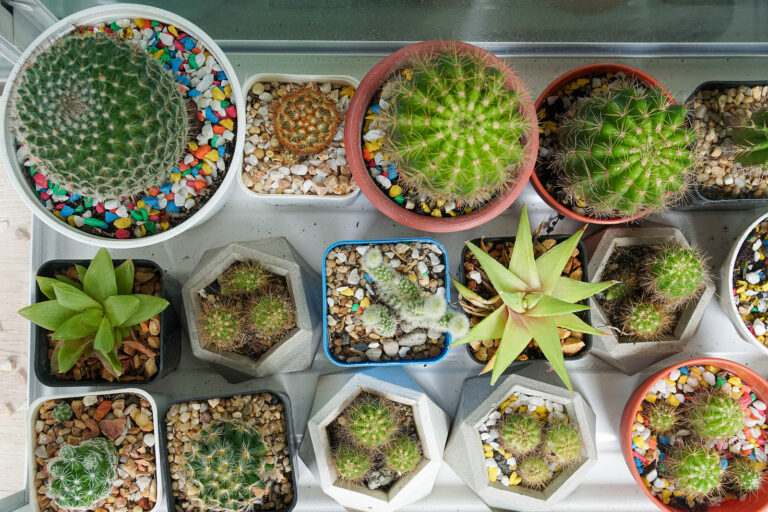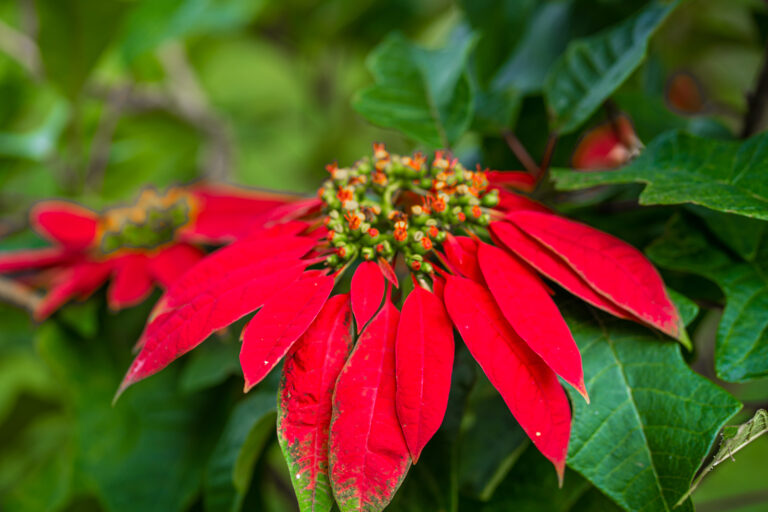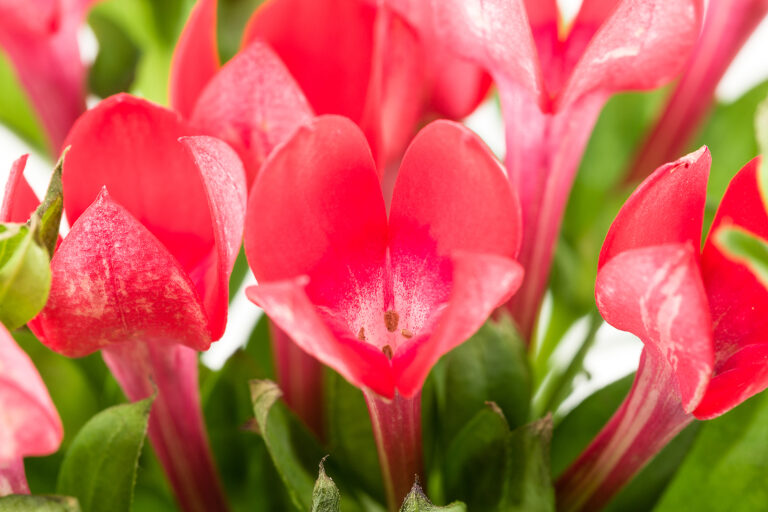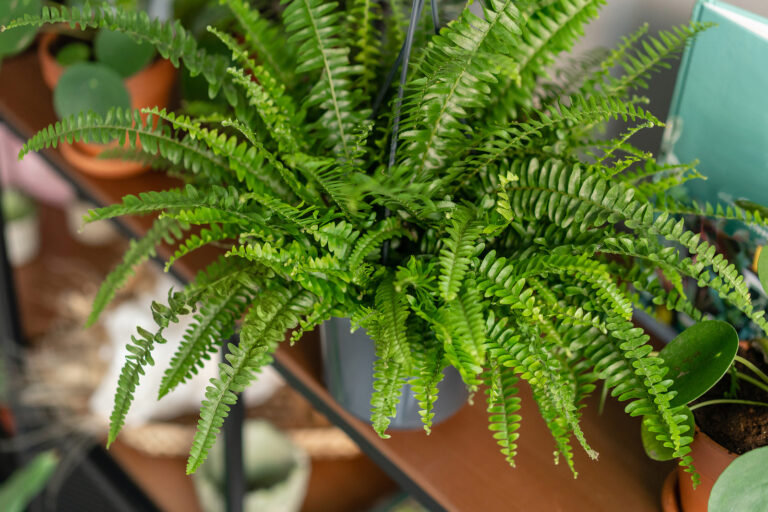How to Grow Prayer Plant — Maranta
Maranta–commonly called prayer plant–is a leafy, low-growing tropical evergreen perennial. It has broad, oval leaves supported by short leafstalks. Leaves are green with gray or red veins and symmetrical featherlike markings. Maranta leaves fold up at night and resemble praying hands.
Maranta is cultivated for their crowded clumps of intricately patterned, blunt-ended, elliptic leaves.
Maranta is often grown as a houseplant in temperate regions. It can be grown in shallow pots or hanging baskets, or trained up moss poles. In tropical climates, it can be used as a groundcover among shrubs in shady gardens.
Maranta is a genus of about 20 species of evergreen perennials. Maranta are native to tropical rainforests n Central and South America.
Get to know Maranta
- Plant type: Tropical evergreen perennial
- Growing Zones and range: Zones 10-11
- Hardiness: Tender
- Temperature: Warm conditions between 60° and 70°F (16°-21°C); avoid cold drafts
- Height and width: 8 to 12 inches (20-30cm) tall and wide, slightly vining stems
- Foliage: Striped and variegated 6 inch (15cm) leaves in bright greens, burgundy, reds, and silvers; the leaves fold upward at night as if in prayer
- Uses: Houseplant, tropical
- Common name: Arrowroot, pray plant, rabbit’s tracks
- Botanical name: Maranta leuconeura
- Family: Marantaceae
- Origin: Central and South America
Where to plant Maranta
- Soil outdoors: Grow Maranta outdoors in humus-rich, moist, but well-drained soil.
- Soil indoors: Grow Maranta in a soilless mix.
- Light outdoors: Grow Maranta outdoors in deep or partial shade.
- Light indoors: Set Maranta in medium light; bright light tends to fade colors
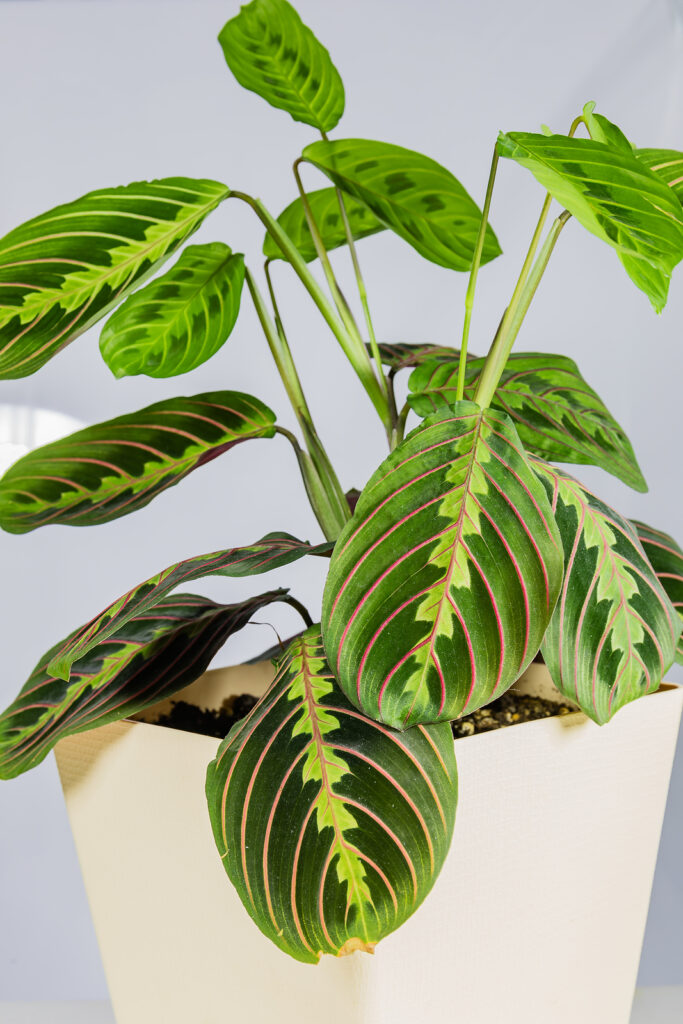
How to water and feed Maranta
- Keep the soil evenly moist with tepid water; allow the soil to be slightly drier in winter
- Fertilize Maranta twice a month from spring to fall with balanced liquid fertilizer. Do not fertilize Maranta in winter.
Maranta care
- Maranta needs humidity; place the container on a tray of pebbles and water.
- Repot in a fresh soilless mix each year in early spring.
- Prayer plants like fresh air, but cold drafts can lead to poor growth and decline.
Growing Maranta as a houseplant
- Maranta grows best in bright light, average room temperature, and medium to high humidity.
- The soil should be kept evenly moist, but not soggy; wet soil can cause root rot.
- Fertilizer should be ap[plied regularly in spring and summer.
Maranta pests and diseases
- Maranta is subject to attack by aphids, mealybugs, scale insects, and spider mites.
- Maranta is susceptible to salt buildup and root rot.
Maranta propagation
- Divide Maranta in spring. Usre an all-purpose soil mix for repotting.
Maranta varieties to grow
- Maranta leuconeura, prayer plant. Grow to 12 inches tall; upper leaf surfaces are makred with yellow-green, dark green, or brown patches; undersides may be gray or purple; leaves fold in the evening and resemble hands in praying positions.
- M. l. var. erythroneura, herringbone plants. Prayer plant with light green leaves that have red veins that branch out for the center and also yellow markings at center of leaves.
- M. l. var. kerchoviana, rabbit’s foot. Has light green leaves with brown markings that resemble a paw print; leaf undersides are gray-green.
- M. l massangeana has blackish green leaves with silvery veins.

